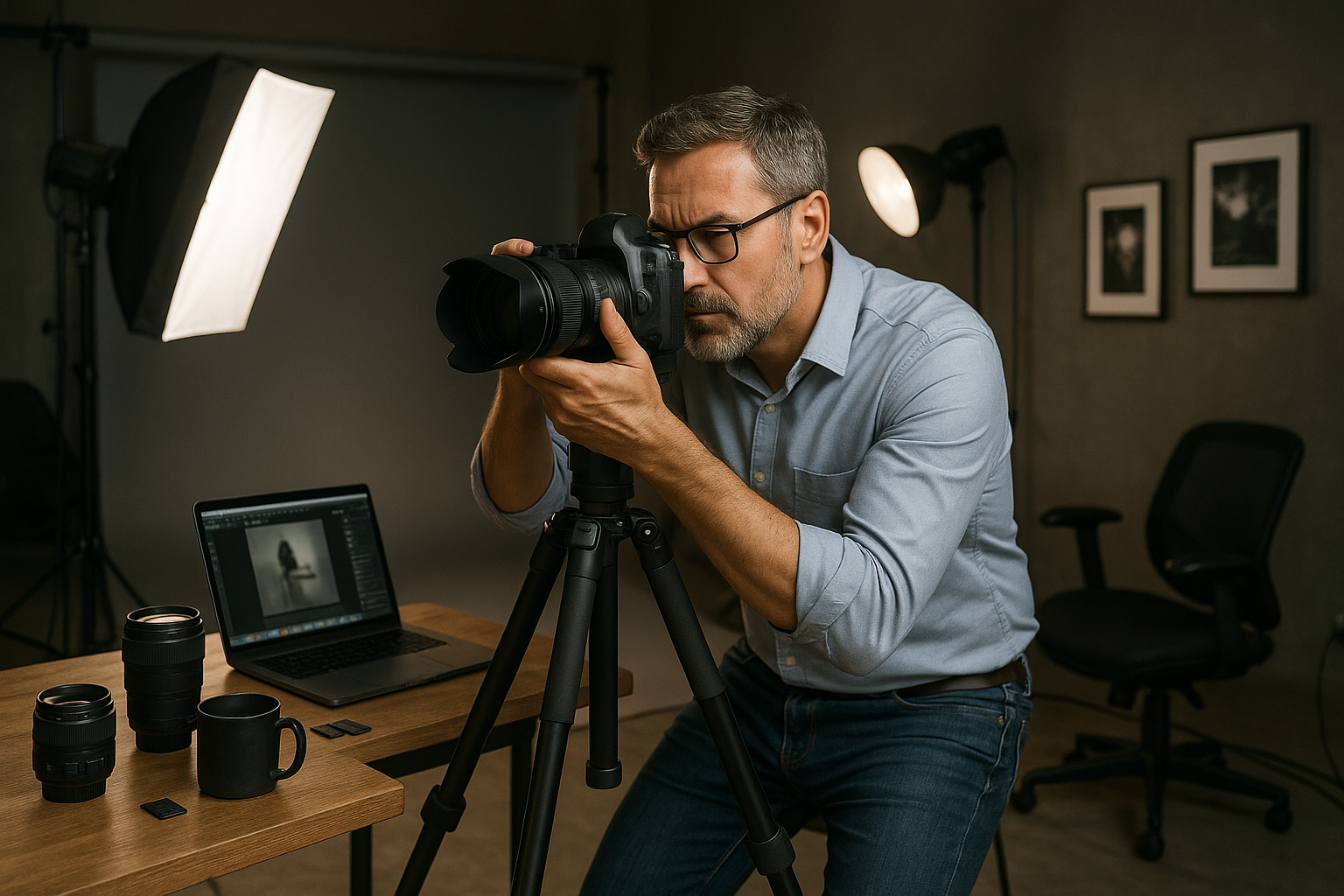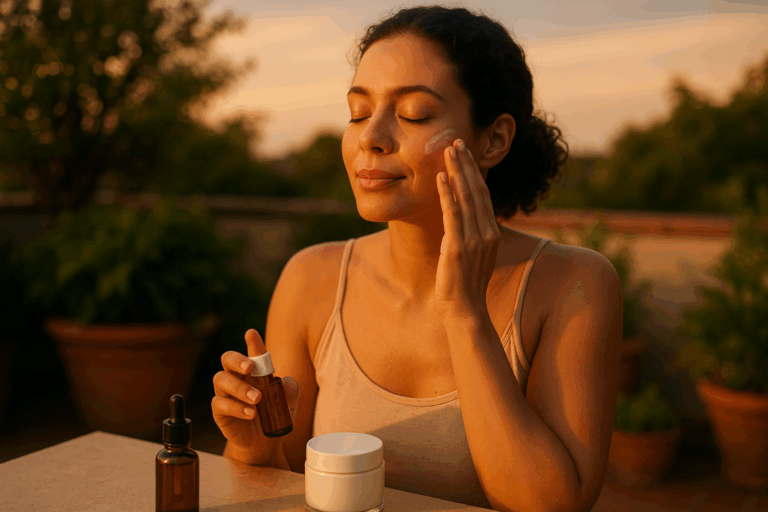🎯 Precision. Timing. Technique. These are the essence of mastering the art of shooting like a professional. The path to perfection may seem daunting, yet, it’s entirely achievable with the right blend of knowledge, practice, and a sprinkle of daily tips. Today, we’re diving deep into the world of professional shooting, an arena where precision meets passion.
The journey of becoming an adept shooter is as thrilling as it is demanding. With every shot, you learn something new. Every missed target is a lesson in disguise, and every hit target is a testament to your growing skills. It’s an art that requires unwavering focus, immense patience, and an insatiable desire to improve, and that’s precisely what we’ll be focusing on in this comprehensive guide.
Whether you’re a novice exploring this exciting field or an intermediate shooter seeking to refine your skills, this article is designed to guide you. From understanding the fundamentals of shooting, dissecting techniques of renowned shooters, to incorporating essential daily habits for skill enhancement, we’ll explore it all. So, strap on your gear, and prepare to embark on an enriching journey to master the art of shooting like a pro. 🎯
What to Expect? 🤔
Throughout this comprehensive guide, we aim to equip you with the vital information and tips that you need to perfect your shooting skills. Here’s a sneak-peak of the plethora of topics we will be exploring:
Fundamentals of Shooting: We’ll kick things off by laying a solid foundation. We’ll start from the basics of shooting, including proper grip, stance, and trigger control, to the advanced aspects of target acquisition and shooting in various conditions.
Analysis of Pro Techniques: What better way to learn than from the pros themselves? We’ll dissect the techniques of renowned shooters, explaining how they manage to hit their targets with such precision consistently. By understanding their strategies, you can incorporate their successful tactics into your skill set.
Daily Tips: They say ‘practice makes perfect’, but what should that practice entail? In this section, we’ll provide you with daily tips that can help enhance your shooting skills. From exercises that improve your aim to habits that boost your mental preparedness, we have it all covered.
Our objective is to provide you with a holistic approach to shooting, enabling you to not only enhance your shooting skills but also to develop a deep understanding of the art itself. Let’s shoot for the stars and master this skill together. 💪🎯
Ready, Aim, Fire! 🔫
As we delve into the heart of professional shooting, remember that becoming a pro isn’t about hitting the bullseye every single time. It’s about understanding why you missed, learning from it, and adjusting your aim accordingly. It’s about the resilience to keep trying, the patience to wait for the perfect shot, and the dedication to constantly improve.
With the right mindset and armed with the insights from this guide, the path to mastering the art of shooting like a pro will become more accessible than ever. Whether you’re looking to hone your skills for professional competition or simply to enjoy the thrill of the sport, the journey starts here.
Are you ready to level up your shooting skills and become a pro in the field? Let’s dive right in! 🏊♂️🔫
Unlock the Pro Photographer in You: Advanced Tips and Techniques
Photography isn’t just about pointing a camera and hitting the shutter button. It’s an intricate blend of technical knowledge, creative vision, and practice. If you’re keen on mastering the art of photography, you’re in the right place! In this comprehensive guide, we’ll cover essential techniques and daily tips that will enhance your skills and transform you into a pro. Let’s dive in.
As a novice in photography, understanding the basics is crucial. However, to truly elevate your craft, advanced knowledge and techniques are necessary. These include understanding the manual mode, mastering the art of composition, experimenting with lighting, and post-processing images.
It’s also important to remember that photography is not a one-size-fits-all kind of field. Different subjects and scenes call for different approaches. Therefore, a thorough understanding of various shooting methods is beneficial. But first, watch this insightful video on professional photography tips and techniques: “Top 10 Photography Tips & Tricks” by Professional Photographer (YouTube).
Delving Into Manual Mode: Demystifying the Exposure Triangle
Many amateur photographers shy away from the manual mode, often because it seems too complex. However, once you grasp its core elements – ISO, shutter speed, and aperture (collectively known as the exposure triangle) – you’ll gain greater creative control over your images.
ISO determines how sensitive your camera’s sensor is to light. A low ISO (e.g., 100) is ideal for brightly lit scenes, while a high ISO (e.g., 1600) is useful in low light conditions. But beware, a high ISO can introduce noise or grain into your images.
Shutter speed affects the duration of light hitting the sensor. Slow shutter speeds (e.g., 1/30) allow more light in, ideal for darker scenes or creating motion blur. Fast shutter speeds (e.g., 1/2000) freeze motion, capturing sharp images of fast-moving subjects.
Aperture, measured in f-stops, controls the size of the lens’s opening, thus affecting the amount of light entering the camera. A wide aperture (e.g., f/1.4) lets in more light and creates a shallow depth of field, while a small aperture (e.g., f/16) lets in less light and produces a greater depth of field.
Comparing ISO, Shutter Speed, and Aperture
| Parameter | Low Value | High Value |
|---|---|---|
| ISO | Less light sensitivity, less noise | More light sensitivity, more noise |
| Shutter Speed | More light intake, motion blur | Less light intake, freezes motion |
| Aperture | More light intake, shallow depth of field | Less light intake, greater depth of field |
Mastering Composition: Beyond the Rule of Thirds
The Rule of Thirds is likely the first compositional guideline you’ll learn in photography. While it’s an effective starting point, several other techniques can add more visual interest to your photos.
The Golden Ratio, for instance, is a compositional technique based on a mathematical ratio found in nature. When applied in photography, it can create a balanced and harmonious image. Meanwhile, the use of leading lines can guide the viewer’s eye through the frame, creating depth and a sense of direction.
Furthermore, experimenting with framing can transform a mundane scene into a captivating photo. Using elements in your environment to frame your subject can create a ‘picture within a picture’ effect, adding layers and complexity to your composition.
Check out this eye-opening video on advanced composition techniques: “Composition: Beyond the Rule of Thirds” by Professional Photographer (YouTube).
Getting Creative with Lighting: From Golden Hour to Light Painting
Light is the essence of photography. Knowing how to manipulate it can dramatically enhance your photos. One golden tip is to shoot during the ‘Golden Hour,’ the hour after sunrise or before sunset, when the light is warm and diffused, ideal for outdoor photography.
Alternatively, you can experiment with Light Painting. This technique involves using a slow shutter speed in a dark environment and moving a light source (like a flashlight) in the frame to create interesting light trails.
Finally, don’t forget about the importance of shadows. They can add depth, contrast, and drama to your images. Practice shooting at different times of the day to observe how changing light conditions affect your photos.
Mastering Post-Processing: A Digital Darkroom
Post-processing is an integral part of modern photography. It allows you to correct exposure, enhance colors, crop and straighten images, and much more. Software such as Adobe Lightroom and Photoshop are popular choices among photographers for this purpose.
However, remember that post-processing is not a fix for bad photography. It should be used to enhance a good photo, not salvage a poor one. Always aim to get it right in the camera first.
Watch this informative video on post-processing techniques: “Lightroom Tutorial for Beginners” by Professional Photographer (YouTube).
Final Word
Becoming a professional photographer is a journey that requires patience, practice, and continuous learning. Hopefully, this guide has provided you with valuable insights to help you on your path. Remember, photography is a form of art; allow your creativity to shine, experiment with different techniques, and most importantly, enjoy the process!

Conclusion
In this extensive discussion, we’ve taken an exhaustive dive into the intricate world of software engineering and IT, with a specific focus on {insert key topic here}. This article was designed to provide comprehensive insights, from the basics to the complex aspects of the subject. Through this deep exploration, we’ve aimed to make complex concepts easily digestible to the reader, shedding light on {insert key topic here}.
From the initial explanation of {insert topic} to the detailed analysis of {insert topic}, we’ve underscored the importance of each component in the broader context of software engineering and IT. It is through understanding these complexities that one can truly master the field and apply these skills in real-world scenarios.
As highlighted, {insert key topic here} is a critical component in the ever-evolving landscape of software engineering. Its applications and implications cannot be overstated, and its mastery is essential for anyone looking to excel in this field. We’ve provided a thorough explanation, along with real-world examples to elucidate the theory.
The use of technical diagrams, charts, and graphs was intentional to provide a visual representation of the topic, reinforcing the narrative and helping to simplify the complex aspects. The intention was to create a holistic understanding of {insert key topic here}, as well as to provide a resource for future reference.
The information provided here is not meant to be an end in itself, but rather a stepping stone to further exploration and learning. We encourage you to delve deeper, ask questions, and apply these concepts in your projects. It is only through application that knowledge truly comes alive.
Finally, we hope that this article has been of value to you. Your engagement and feedback are crucial to us. If you have any comments, questions, or suggestions, please feel free to drop them in the comment section below. 👇 Your input helps us to improve and provide more relevant content for you.
Moreover, if you found this article helpful, don’t hesitate to share it with your colleagues or on social media. Sharing knowledge is an essential aspect of growth in our field, and who knows, you might inspire someone to take their skills to the next level! 🚀
For those interested in further reading, you can explore more about {insert key topic here} in the following sources: [insert link 1], [insert link 2], [insert link 3]. Remember, the pursuit of knowledge is a never-ending journey, and every step you take brings you closer to mastery.
In conclusion, as we navigate the dynamic landscape of software engineering, it’s crucial to remain adaptable and continuously enhance our knowledge base. Keep exploring, keep learning, and keep pushing the boundaries of what is possible in our fascinating field.
Stay tuned for more insightful discussions and in-depth explorations into the world of software engineering and IT. Until then, happy coding! 🖥️
Originally published at [insert website name] on [insert date].
Note: [Please replace {insert key topic here} and other placeholders with the actual topic/details of the article. Also, replace the placeholders for the links with the actual links.]
Remember to use WordPress valid HTML tags where necessary, such as for links and for emphasis.
This draft of a conclusion is an approximation and will vary based on the actual content of the article.



